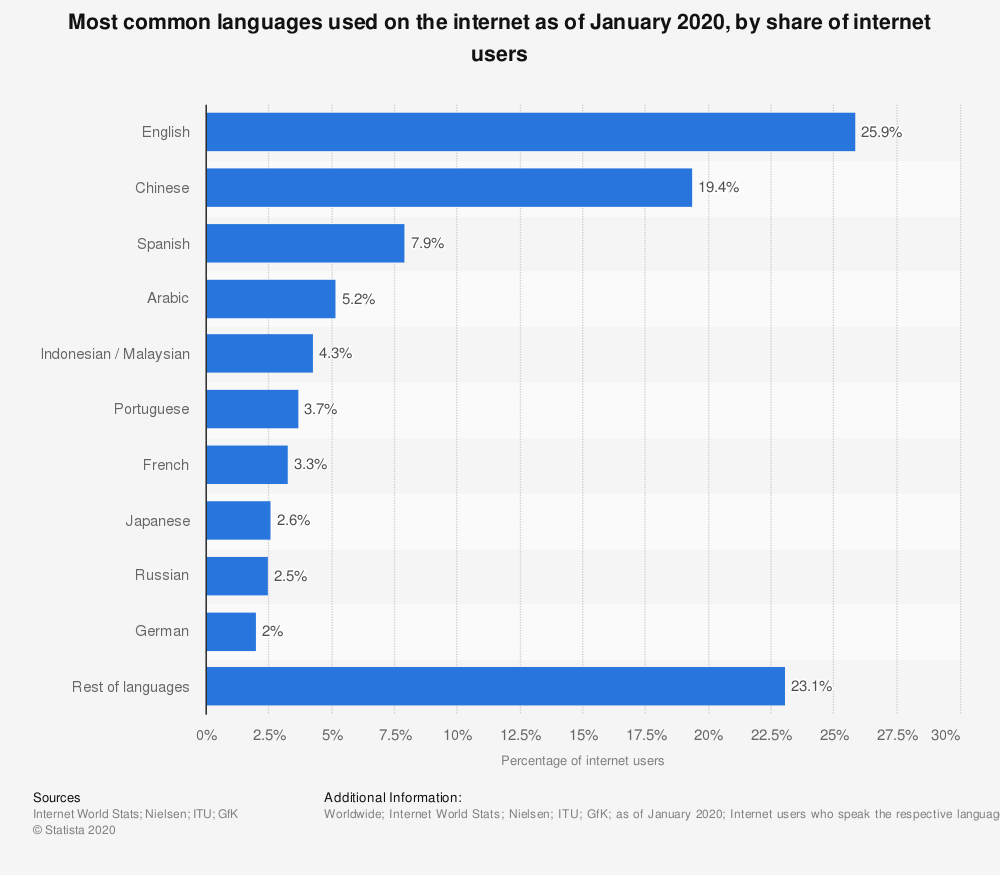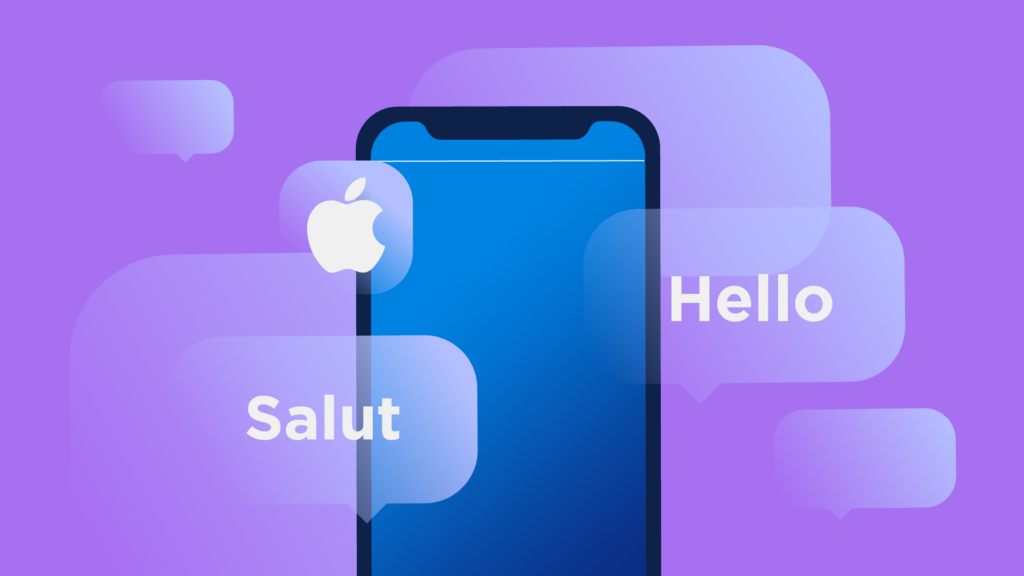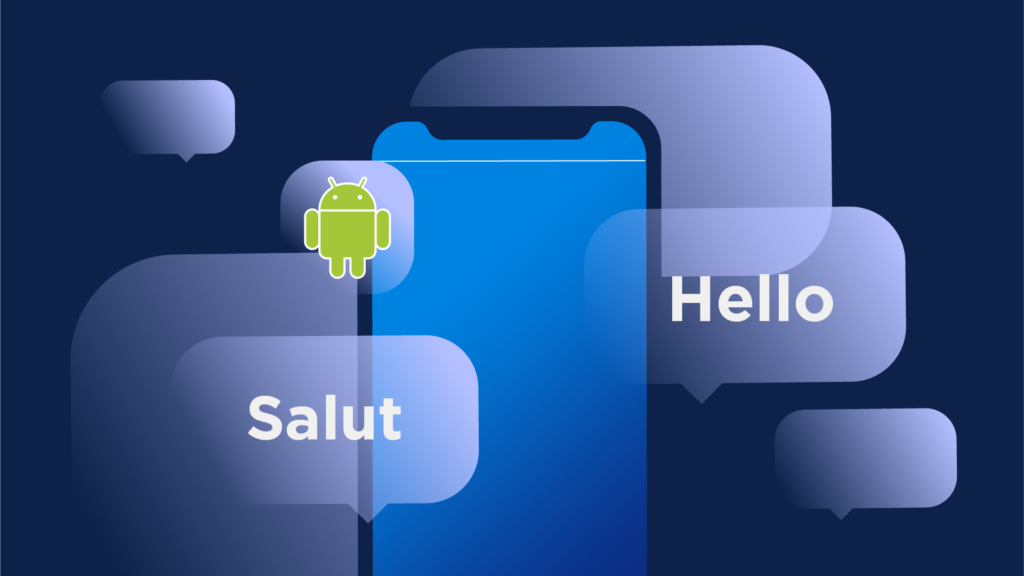
The Complete Guide to Mobile App Localization
- The importance & benefits of Mobile App Localization
- Mobile App Localization Process
- Ηow to prepare your mobile app for localization
- What are the steps to localize your mobile app (iOS or Android)
- iOS Localization
- Android Localization
- The challenges of mobile localization
- Delivery Speed
- Continuous Collaboration
The importance & benefits of Mobile App Localization
A strong way to describe Mobile App localization is setting your app up for global success. Apps have become extremely popular, helping many aspects of day-to-day life—every app varies in its application and how it can provide value to you.
Some apps provide value through fun, some provide innovative solutions, some provide communication, and they definitely help your business. You can do almost anything from an app these days. Navigation, communicating, listening to music, playing games, entertaining yourself, shopping, and even work.
How many people do you know that own a phone and have at least one app on there? The new statistics in 2021 show that more than 3.8 billion people across the world use a smartphone.
Added to this, apps that have been localized have consistently seen 128% more downloads per country and have increased their revenue by up to 26%.
Mobile app localization can open your app up to foreign markets and connect your app with customers from all over the world. When creating your localization strategy, you need to think about your target market. You need to make your app accessible for all regions, thinking about the text translation, converting times, dates, currencies, and the layout.
Some languages take up more space so testing this within all formats will again save you time in the long run.
Mobile App Localization Process
Ηow to prepare your mobile app for localization
Think about setting your mobile app localization up from the get-go! Who wants to set up an app to then have to go back and start your localization, once you have already lost customers because your app wasn’t accessible to their region?
It seems like a redundant, lengthy, and non-competitive process. It would almost certainly lead to a serious loss of time and money.
Hiring a translator would be one of the logical steps. For help with this, Google is excellent if you want to translate some text, but localization goes way deeper than that.
You need to think about the audio, the videos, the images, and… the context! When hiring a professional translator make sure you also send them context, when they can see the layout, pictures, and videos it makes it easier for them to understand where things need to be placed, and helps them to do their job more accurately and provide translations of better quality.
So, when it comes to preparing your mobile application for localization, there are certain tips you can follow – or at least consider.
What are the steps to localize your mobile app (iOS or Android)
To localize your mobile app following a smooth process without intermediate files and unnecessary app updates , be sure to check this blog. It offers a high-level, yet practical, overview of the mobile app localization process, the benefits you’ll get using our mobile SDKs and will help you get-started in minutes.
iOS Localization
For iOS, the files with localizable strings are referred to as the Strings file and you must make use of these with the NSLocalizedString macro.
Your application should have specific locale directories and you must localize the Localizable.string files in each language folder. Read this how-to guide published on Hacker Noon to learn how you can localize your iOS applications with the Transifex Native iOS SDK.
Android Localization
For an Android app, all your localizable strings will go to the strings.xml file and into appropriate locale directories. Check out this Android step-by-step guide for more information.
Whether it is a software, website, web or mobile app you can always automate your mobile localization process.
The challenges of mobile localization
Following all the above steps you will end up in a state where your mobile app localization process is set and predictable. Like all things involving development, this process can always improve further. The major aspects of this process have to do with delivery speed and working continuously as a part of a broader team.
Delivery Speed
Delivery speed has to do with how fast your mobile apps are updated with the newest feature and how that feature is properly messaged in the respecting audience.
Nowadays, most applications support both platforms; iOS and Android, sharing the majority of functionality and interfaces. Yet, due to the different language frameworks for each platform, you do double the work to extend support for the new feature A, in iOS and Android.
Bringing localization in the picture, you will need to translate the content for each platform and finalize your application build for release on the respecting store once localization is complete.
If there’s a change in a translation on each platform app, this means an additional release and approval for each store. So, by improving the speed of the localization process, regardless of the platform, and decoupling translation changes from app submission you can achieve a better application delivery speed.
Continuous Collaboration
Continuous collaboration is another “masked” delivery speed driver. As of right now, developing a new feature for your application has a linear workflow with regards to localization.
First, you build your app feature as a whole, then you update your app’s localization file and upload it for translation. After that, you get the translated file to perform some QA testing with the translations. Last, but not least, when localized content works as expected, you can create your build and submit it to the app store.
Now imagine a workflow where you can develop a new feature and the localization team can access and translate content as you keep working, and you can QA test all the content as it’s made available. This would dramatically improve your app’s delivery time!
Related posts
Android Localization: An Advanced Guide for Transifex Native
iOS Localization: How to localize your app with Transifex
How to automate the mobile app localization process











